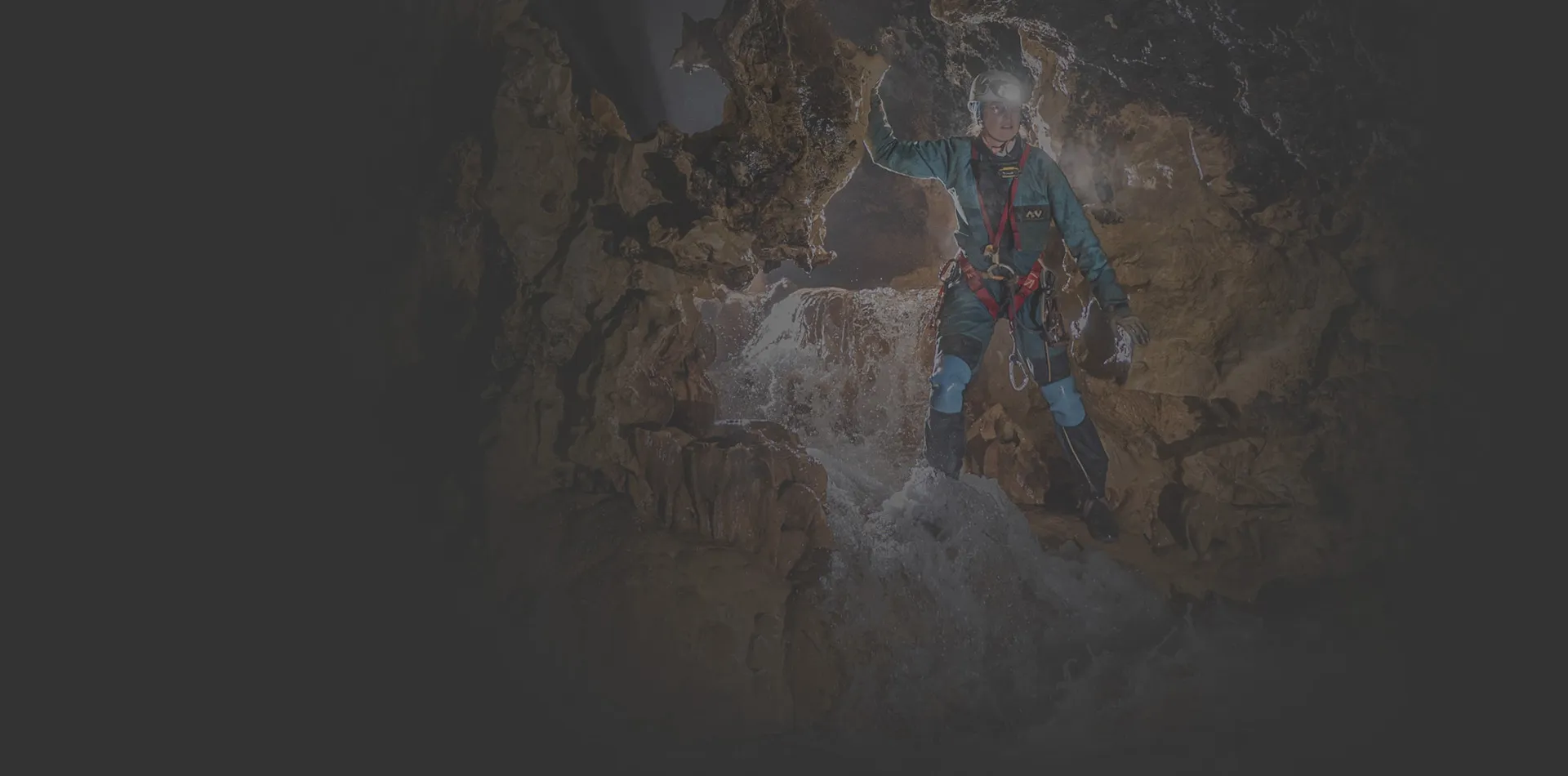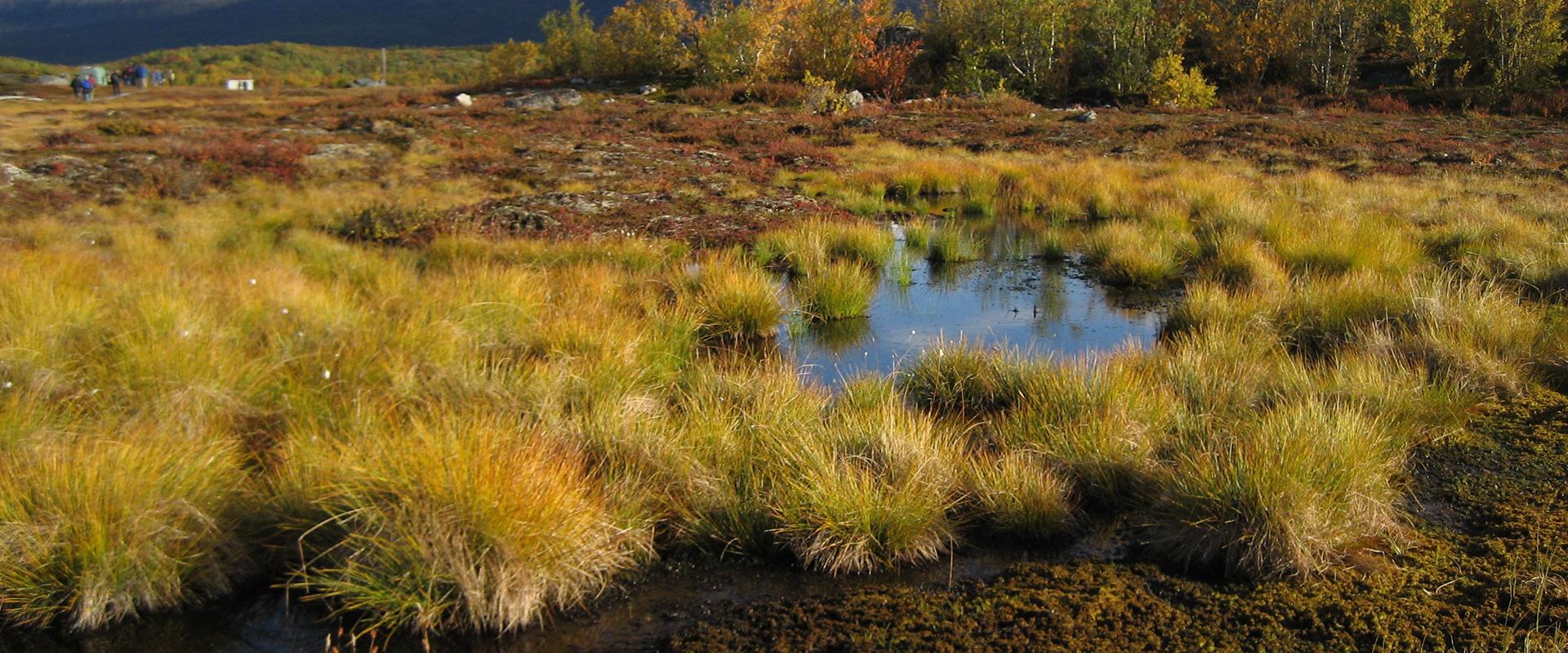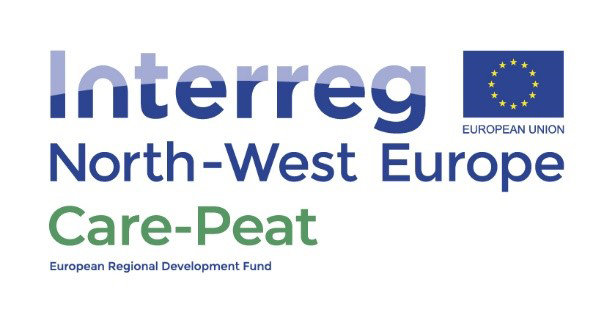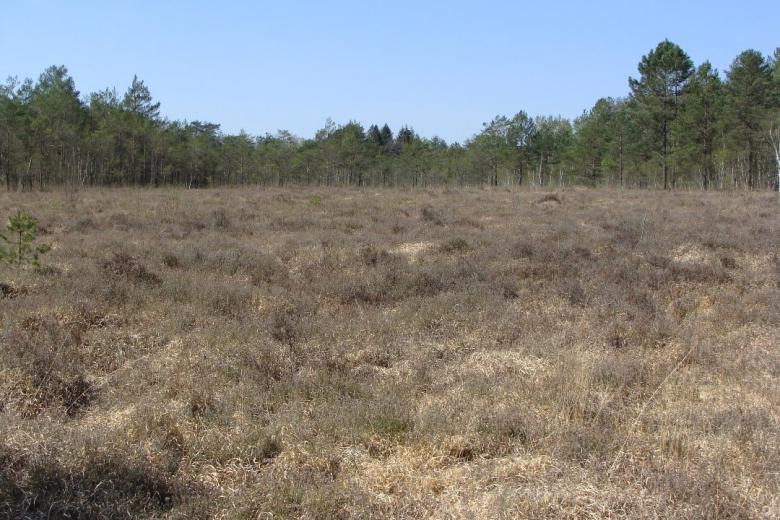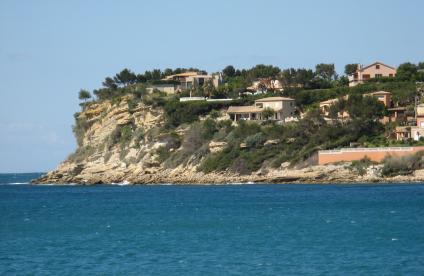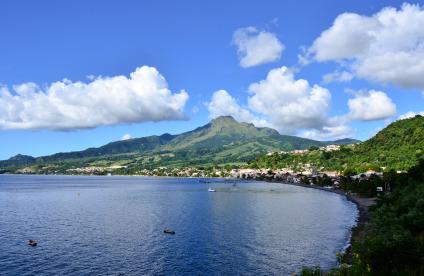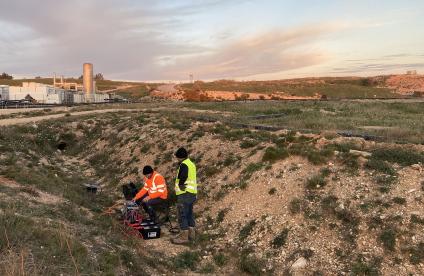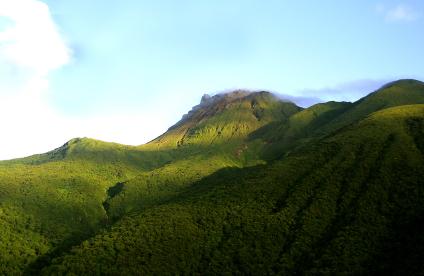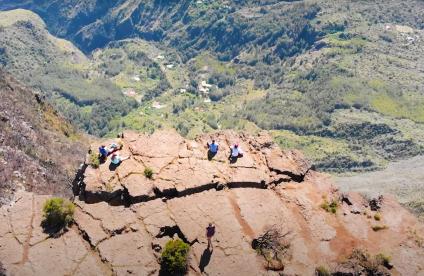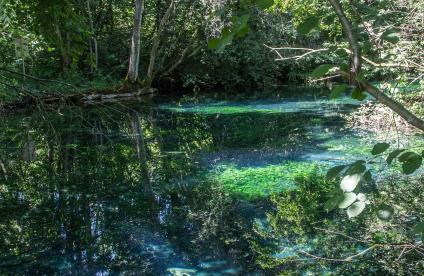Peatlands tackling climate change
Why focus on peatlands? Peatlands are not only habitats with a highly specialised flora and fauna, they also play an important role in global climate regulation. Northern hemisphere peatlands count for 3 to 5% of total land area and contain approximately 33% of global soil carbon. Therefore peatlands have a strong natural potential to save carbon and play an important role in nature based solutions for climate change.
When peatlands are drained, the well preserved carbon is released as greenhouse gases to the atmosphere. That is why it is important to keep peatlands wet. Unfortunately many peatlands are degraded and emit rather than store carbon. The global annual greenhouse gas emissions from drained organic soils are twice that from aviation. We need to act now to prevent further degradation and encourage more recovery of our remaining peatlands.
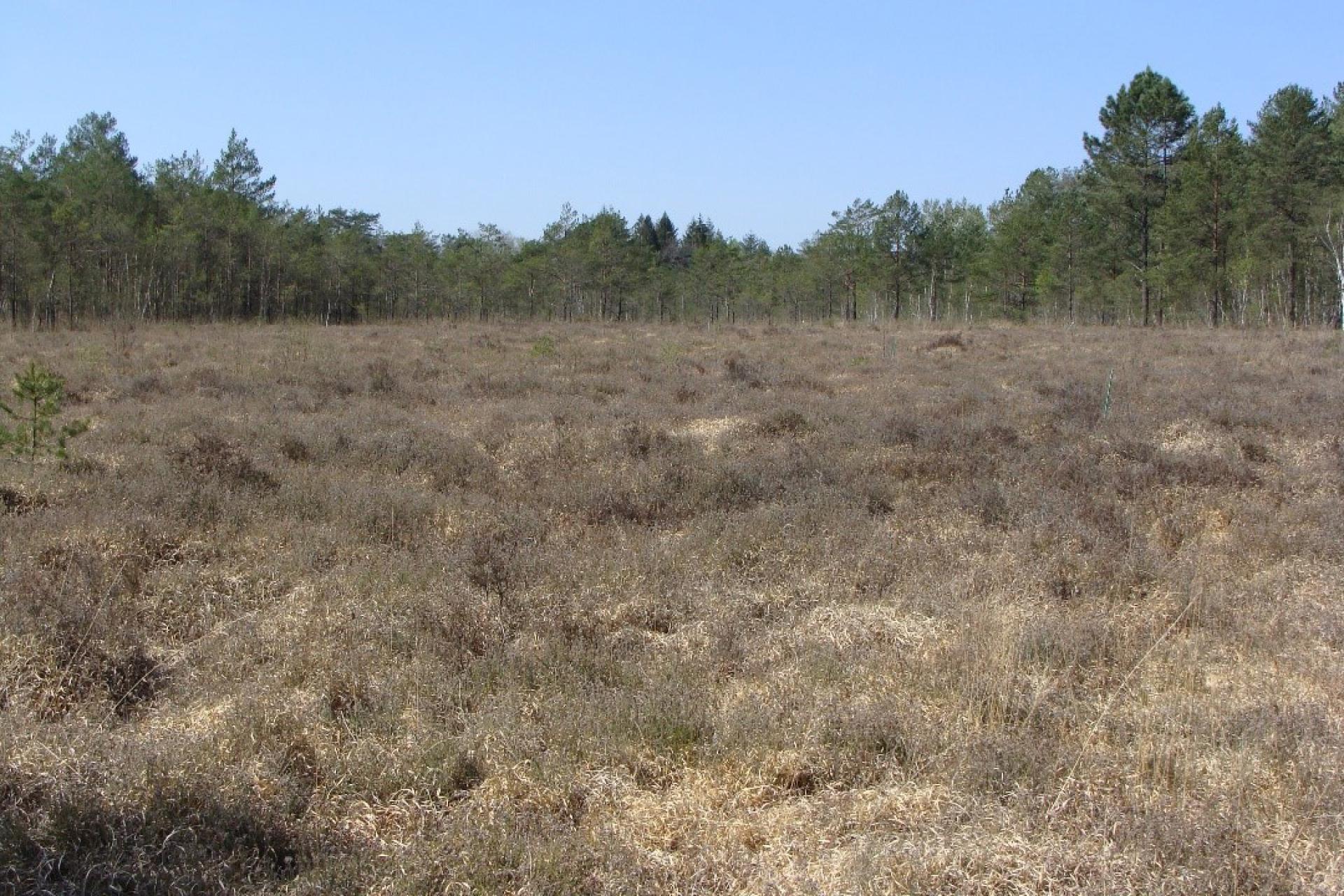
Key figures
-
4.22M€UE funding
-
7.03M€Total budget
-
2019.00-2023Duration of the projet
Aims of the CARE-PEAT project and expected results
The main goal of Care-Peat (Carbone loss REduction in PEATlands: an integrated approach) is to set up and demonstrate innovative technologies for new restoration and carbon measurement techniques and involve local and regional stakeholders.
Therefore the nature organisations, together with local landowners, restore peatlands of 7 different pilot sites ranging from 1 to 250 hectares and demonstrate the (potential) carbon savings of the restoration. For each pilot site different restoration techniques are used - from manual management to growing additional peat moss. Throughout the project the organisations are supported by the knowledge institutes that work together to develop and test new equipment, methods and models to predict carbon flows (e.g. by the use of drones and satellites to guide restoration and provide input for carbon models). Care-Peat also works with innovative companies in the field of restoration and develops partnerships with local and regional stakeholders to increase the impact of pilots and maximise socio-economic benefits.
Important outputs of Care-Peat are the publication of a management and decision support tool and a set of socio-economic models concerning the best options for peatland restoration in regard to carbon storage. This way the results of the project are transferred and replicated to users across North-West Europe to determine the most appropriate management measures, even after Care-Peat has ended.
In 2021, as part of the Interreg NWE programme, the Care-Peat project was given the opportunity to strengthen its scope with a so called ‘capitalisation project’. The aim is to apply the project results to new areas and a new target group in North-West Europe. The approval resulted in no less than 3 new partners and 6 new associated partners who joined our consortium.
In the capitalisation project we develop a unified methodology for assessing GHG emissions from peatlands, that is widely applicable in North-West Europe (different peatland types and regions), and thus increase the impact of the decision support tool. Also we will include farmers and farmer organisations as a new main target group by engaging with them directly and incorporate best practices for carbon savings on farmland.
Reduction of carbon emissions from peatlands: pilot site at La Guette (France)
Transcription
We're here at a peat bog in La Guette, one that covers about 50 acre and is located in Neuvy-sur-Barangeon in the Cher district. For about a hundred years, this peat bog has been disturbed by a drain that runs along the road and cuts the site in two. During the cleaning of this drain, we noticed that it lowers the water level in the bog and it tends to dry out and change the vegetation. It has ultimately changed the site into acting as a carbon source rather than a carbon sink. We have Sphagnum mosses which are capable of creating conditions favorable to their own development. We also have plants here that are moor grasses and other Ericaceous plants. When Sphagnum moss is present we have a system that functions as a carbon sink. When moor grasses and heathers are present we have a transformation of carbon sink into carbon source. We made plots of two metres by two metres in which we removed the invasive vegetation and transplanted Sphagnum moss, and after a few years we found these treatments were very positive and we had lots of Sphagnum moss growing. We decided that we would make two 600 metre square plots within the framework of European project Care-Peat, and that eventually the Shagnum will invade the plots and be able to store carbon When a peat bog degrades, it emits carbon into the atmosphere and functions as a carbon source. The principle of ecological restoration is to reverse the process and to make bogs function again as carbon sinks. There are different ways of measuring carbon dioxide and methane. As part of our project, we have small areas we focus on portable analysers that are connected to incubation chambers. We place them on the ground when we want to take the measurement and we let the gas either accumulate inside or decrease in quantity. This will tell us if the system is emitting carbon or capturing it. The chambers are connected to analysers and everything happens automatically for a few minutes. All of the measures we have taken so far make it possible to measure locally. With digitals models we will be able to go from this local scale to a much more global scale and will be able to estimate these fluxes at the scale of the whole site. The first thing is to know the data that exists on the site. It is a compilation of data, both from literature and also from data acquired from the Care-Peat project. The second step is a calibration phase when we select a certain number of processes and from the field data we will calibrate the mathematical equations. The last stage of the process involves applying the mathematical model to the entire site so we can describe the carbon dioxide fluxes. We then measure and simulate scenarios in order to find out the behaviour of the peat bog and to estimate the carbon dioxide fluxes in the next 20 to 30 years. The future of Care-Peat involves firstly checking if the experiments worked and secondly expanding these experiments to larger areas to allow for higher storage capacities.
The BRGM's role
BRGM is involved in all the technical tasks of the project, in particular the modelling of greenhouse gas (CO2 and CH4) exchanges at the interface between peatlands and the atmosphere. This is a cross-cutting role since it consists in simulating these gas exchanges and predicting the carbon budgets of all the 5 pilot sites of the project. BRGM will work closely with all the bodies and institutes in charge of in-situ flow measurements at each of the sites.
Project partners
The main partnership consists of 7 knowledge institutes and 5 nature organisations from Belgium, France, Ireland, the Netherlands and the United Kingdom. Together with 5 sub-partners and 47 associated partners , we develop and test new techniques and socio-economic strategies for carbon reduction.
- Belgium: Natuurpunt (project leader)
- France: BRGM, University of Orléans, University of Rennes, CNRS
- Netherlands: Vereniging Natuurmonumenten, Eurosite, Van Hall Larenstein University of Applied Sciences
- United Kingdom: Lancashire Wildlife Trust , Manchester Metropolitan University, North Wales Wildlife Trust
- Ireland: National University of Ireland Galway
